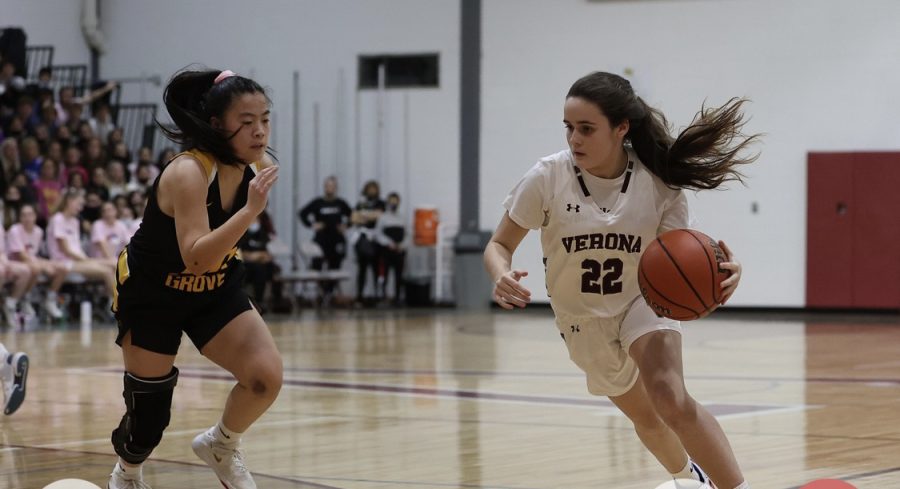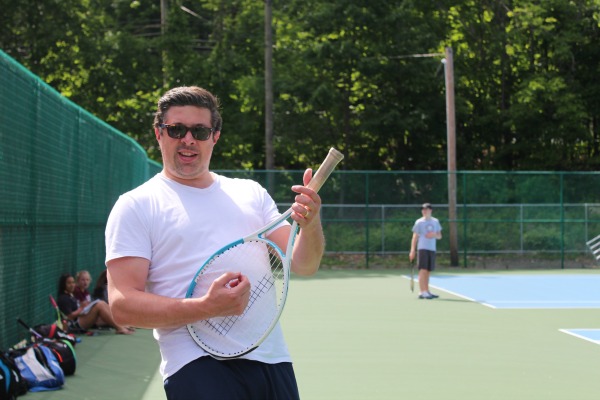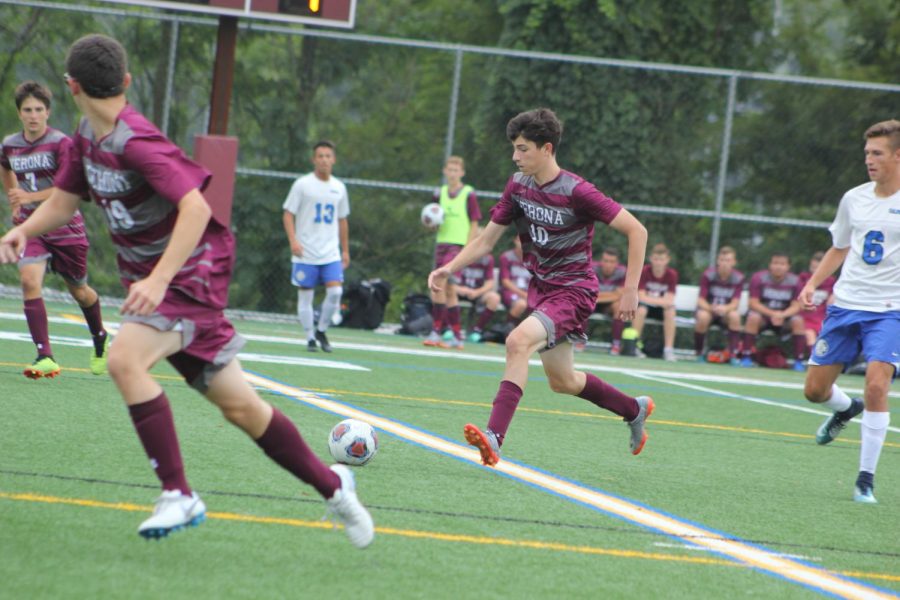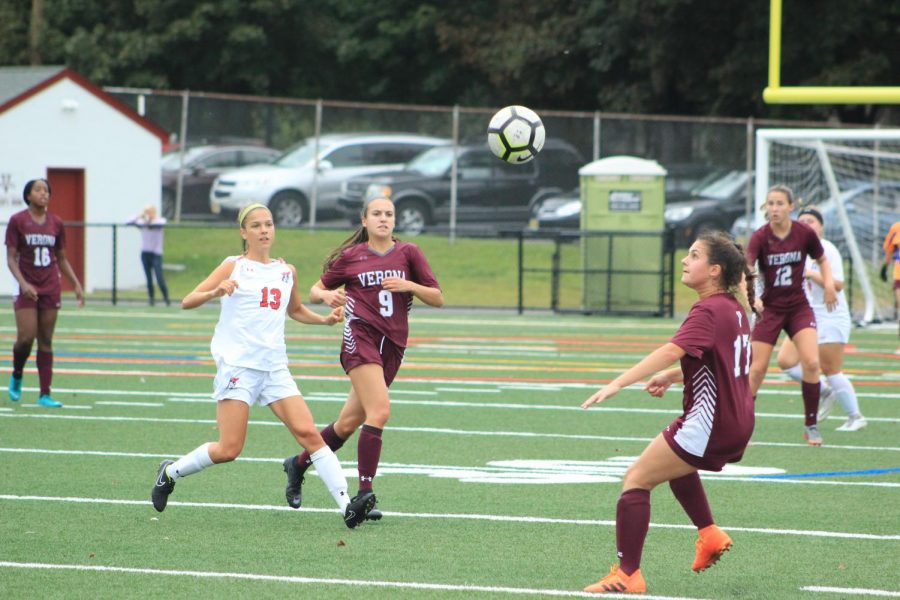Teachers constantly teach us to respect our peers, other teachers, and other students. Parents teach us how to respect our elders. Yet, many of these lessons seem to get lost during high school sports.
Sportsmanship is an important factor in sports today, but hard to come by when playing high school sports. Although this has always been a problem, the issue may be getting worse as the number of athletes increase. According to the National Federation of State High School Associations (NFHS), more than 7.6 million students played sports this past school year. This means that more than half of high school students in the U.S. participate in sports. So how do we make sure that all the students demonstrate good sportsmanship?
Good sportsmanship consists of not cheating, being respectful of the opponents, and having a good attitude during any sporting event. A “good sport” should demonstrate all of these traits.
But, how do we determine a “poor sport?”
The way a player acts during a sport can really demonstrate if someone knows the true meaning of good sportsmanship. Many refuse to listen to referees or refuse to respect other players. This show how players really feel about losing. Some tennis players, when losing, refuse to return the balls to the player serving, often hitting the ball far away.
Sportsmanship is not only shaking hands with your opponent after a match, or high-fiving after a soccer game, but it is also one’s likelihood to cheat in school. According to a national survey of high school student-athletes by Josephson Institute, athletes are more likely to cheat on
tests than non-athletes.
As more and more people are taking issue with poor sportsmanship, they are wondering how to address it. The first issue is assigning blame for the
problem. Is it in the players themselves? Coaches? Parents? Private instructors? Or the sport itself?
It is hard to determine the cause of poor sportsmanship because it depends on the situation. A lot of the time players act the way they do because of the way they have been taught, either by example or pressure. Many athletes learn how to behave during their sports from coaches, parents, or private instructors outside the school and each one can have an impact on the way the player acts. Pressure from parents or from other sources may also make the athlete more likely to cheat in order to win and relieve the pressure. This pressure can be from parents or coaches. During games, parents often scream from the sidelines and even this can be seen as “unsportsman-like.” There have been many cases in high school sports where referees and coaches have had to quiet parents at games or stop them from being sideline coaches.
Parents aren’t the only ones to blame though. Coaches often act unprofessionally as well. There have been reports of coaches encouraging
poor behavior, disrespecting other coaches or players.
But maybe the most important factor is the sport itself. Research has shown that the likelihood of athletes cheating depends on the sport itself. According to a national survey of high school student-athletes by Josephson Institute, “Boys engaged in baseball, football, and basketball are considerably more likely to cheat on the field and in school and to deliberately injure, intimidate, or break rules than boys involved in other sports. Likewise, girls involved in basketball and softball are more likely to engage in illegal or unsportsmanlike conduct than girls involved in other sports.”
Whether it be lack of parenting, proper coaching, or the sport itself, cheating and unsportsmanlike conduct is a problem that is redefining sports—and not in a good way.













